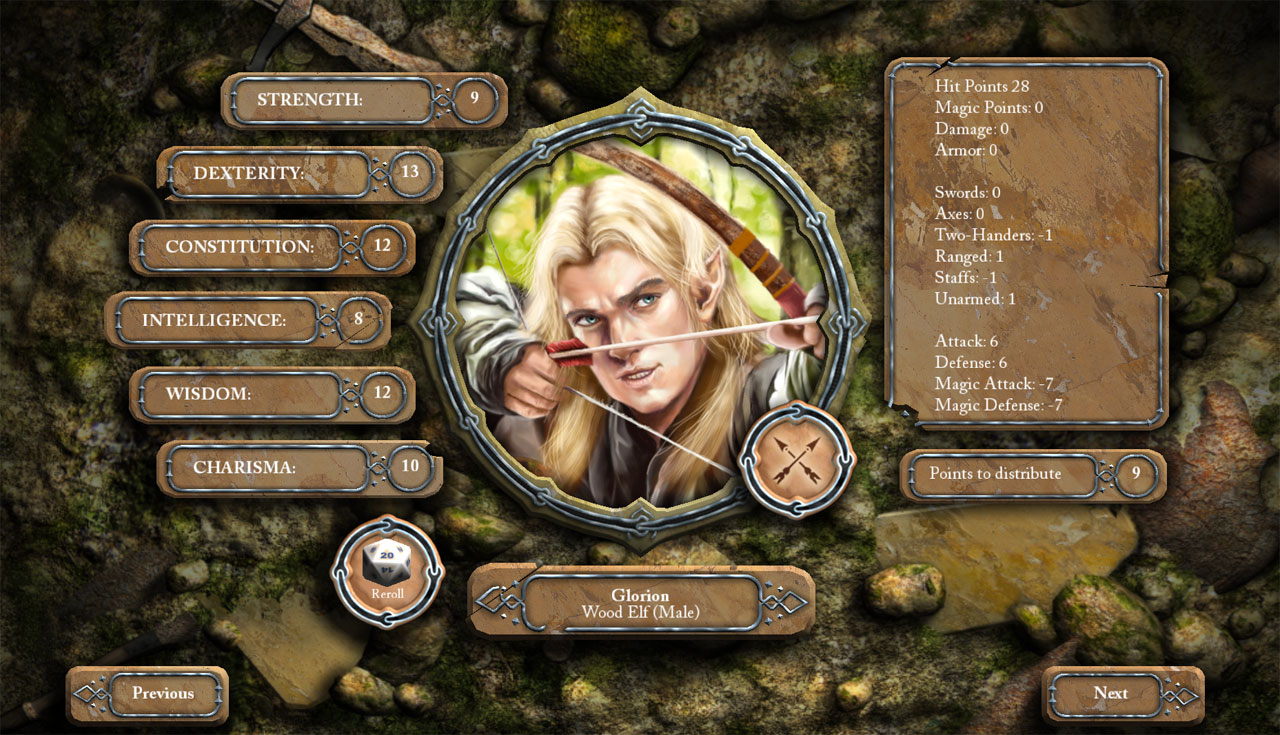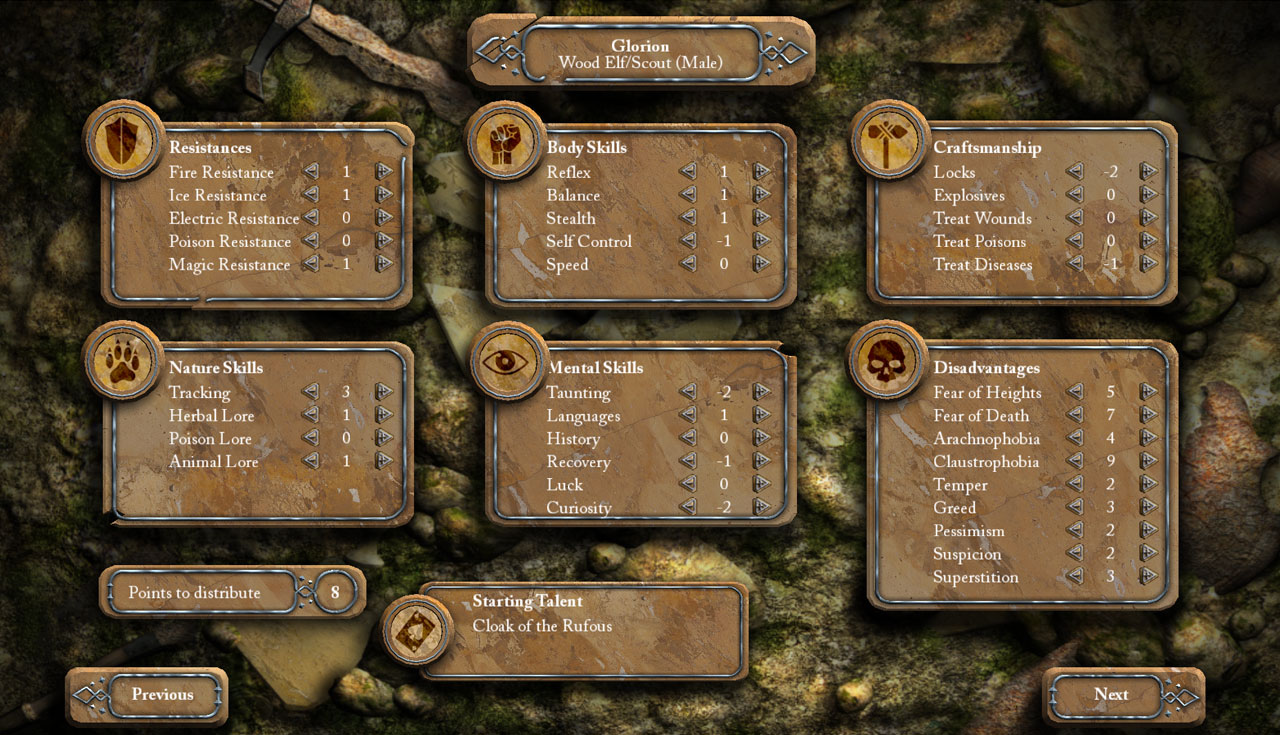- Joined
- Jan 28, 2011
- Messages
- 99,595















Tags: Deathfire; G3 Studios; Guido Henkel
Guido Henkel has a new blog post about his upcoming real-time blobber RPG, Deathfire. In this post, he goes into detail about the game's roleplaying systems - the races, classes, stats and skills. Most of it is standard D&D-ish stuff, including the obligatory totally-not-a-half-orc race and a suspiciously Infinity Engine-like character screen. The skills system is more Arkania-esque, though:
I wonder what incentive the player has to distribute points to those negative attributes.
Guido Henkel has a new blog post about his upcoming real-time blobber RPG, Deathfire. In this post, he goes into detail about the game's roleplaying systems - the races, classes, stats and skills. Most of it is standard D&D-ish stuff, including the obligatory totally-not-a-half-orc race and a suspiciously Infinity Engine-like character screen. The skills system is more Arkania-esque, though:
To create a role-playing experience that has real depth and gives the player breadth in shaping their in-game characters over time, the core attributes are not nearly enough, however. Therefore we added a number of traits to Deathfire. Thirty-four of them, to be exact, at the time of this writing, packed together into various groups to easier keep track of them.
The first group contains Resistances, controlling how well the character can withstand various types of damage. The Body Skills determine how well the character can handle himself physically and is therefore home to things such as Balance and Speed among others. The list continues with groups such as Nature Skills, Craftsmanship, and Mental Skills, as you can see from the screenshot below, each with a number of attributes that determine the character’s innate abilities.
And then there are the Negative Attributes. Everyone of us has lost his cool before, so why should our game characters be any different? In my opinion, negative attributes bring zest to the game. They give heroes personality and, from a design standpoint, open up an endless array of opportunities for great character interaction and mishaps.
What we are looking at here runs the gamut from ordinary Temper tantrums, to a person’s Fear of Height, or Arachnophobia. But it also includes values such as Greed, Superstition and Pessimism. As you can undoubtedly tell, there is a lot to allow us to color characters and create interesting gameplay moments. I've been doing these kinds of things since 1987, so of course, I am fully aware of the fact that all of these attributes will only be of any value if they are actually used within the game. We already have an ever-growing list of situations, moments, quests, events and encounters that will help us put these attributes into play, and there will be many more as we actually move along to flesh out the various areas of the game. You might even be interested to hear that we cut a number of traits for that very reason. We realized that within the confines of the game we are making, the traits would have no real value or would be severely underused.
I wonder what incentive the player has to distribute points to those negative attributes.







![Glory to Codexia! [2012] Codex 2012](/forums/smiles/campaign_tags/campaign_slushfund2012.png)















